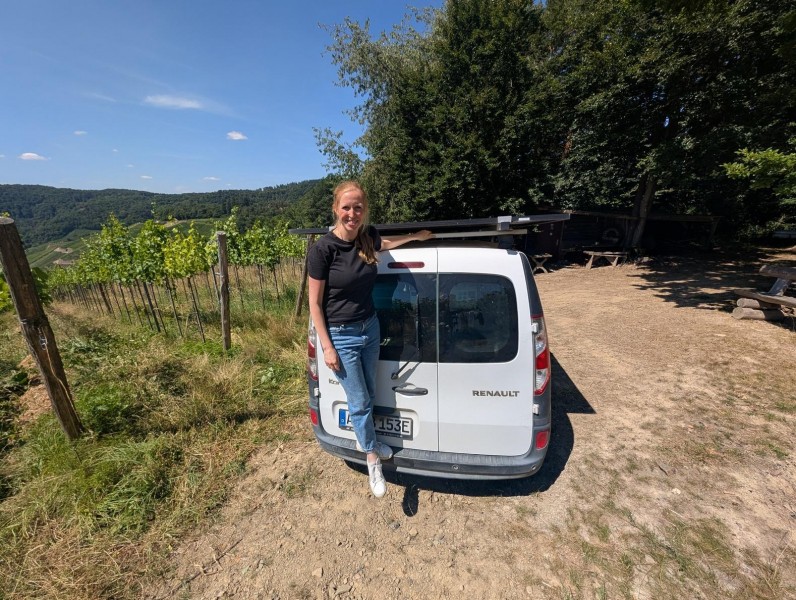Julia Bertram: Overcoming a Devastating Flood in Germany’s Ahr Valley
Julia Bertram, co-owner of the Bertram-Bales winery in Germany’s Ahr Valley, will never forget the night of the flood four years ago.
A low-pressure system caused heavy rains, raising the usually calm Ahr River to 8 meters (26 feet). This event shattered records that had stood for 500 years.
For Julia, it was a blur of frantic decisions and fearful uncertainty. She evacuated to the vineyards while her husband rushed to move valuables from the winery to higher ground.
Then, silence. No phones, no power.
“We were just waiting,” she remembers.
The next morning, the true extent of the damage was clear: 134 lives lost, over 750 injured, 170 destroyed bridges, and 12,000 buildings damaged, with economic losses reaching up to $18 billion.
Julia’s family faced personal losses too. While they survived, her childhood home was destroyed, and they lost 90% of their wine vintages from 2019 and 2020.
Planning a Getaway? Book Your Vacation with MWR LIFE Today!
Experience peace and tranquility—book your next holiday with MWR LIFE. Whether you’re seeking adventure or relaxation, there’s something special waiting for you.
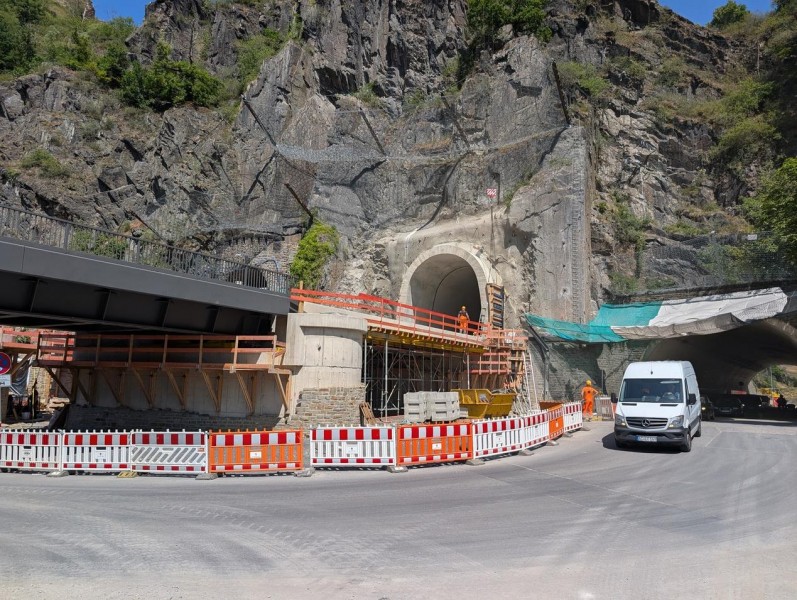
A Damaged Rail Tunnel in Germany’s Ahr Valley: A Shift Towards Sustainability
The Ahrtal, a region heavily dependent on tourism, has undergone a major transformation following widespread destruction. The area, home to 560 wineries that generate 80% of its revenue, faced a devastating flood.
Rather than simply rebuilding, local officials aimed for something more ambitious. They chose to reconstruct the area to be greener, more sustainable, and more resilient. Their guiding principle became: Klimaschutz ist Hochwasserschutz – climate protection is flood protection.
As the Ahrtal marks the fourth anniversary of the flood on July 15, its journey toward becoming a sustainable destination is entering its final phase.
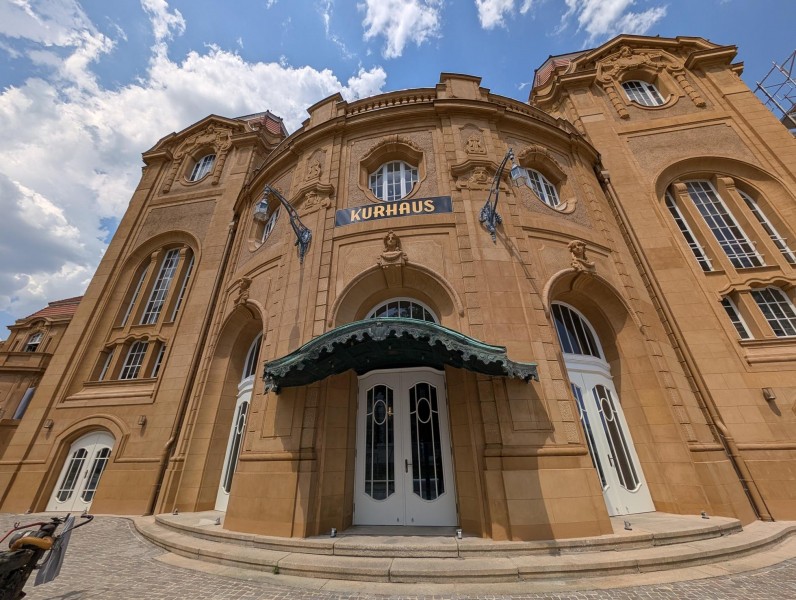
Bad Neuenahr: A Spa Town’s Revival
Bad Neuenahr, the largest spa town in Rheinland-Pfalz, is working to restore its status as a leading health destination after being devastated by a flood. Before the disaster, the town had 12 clinics, 100+ doctors, and 50 therapists, with health tourism as its primary industry. The Spa Park, a key area, was severely damaged, but it is now under major reconstruction.
Barbara Knieps, spokesperson for Ahrtal’s tourism department, highlights exciting developments, including:
— New concert hall: A historic movable concert shell will be part of the design, offering both indoor and outdoor performances.
— Water Experience World: Featuring the town’s healing spring, visitors can explore its minerals and therapeutic benefits, with plans to bottle the water locally.
— Expanded green spaces: A large fountain, herb garden, and more tree planting are part of the vision. Fast-growing, hardy trees like oak and hornbeam are being selected.
The town is also building flood-resistant infrastructure, including pedestrian and bike paths set lower than the ground to allow more space for floodwaters. Shallow trenches in the park will help protect surrounding homes.
Sustainable Construction
New buildings will feature green roofs and solar panels, with a focus on carbon-neutral, self-sustaining structures. There are also plans to connect buildings to a district heating network powered by thermal energy from the healing spring.
Restoring Connectivity
The flood wreaked havoc on infrastructure, destroying bridges, train tracks, and bike paths. Restoration efforts are ongoing:
— New bridges will allow for greater water flow while maintaining the aesthetic of the old ones.
— Train tracks are being repaired with a projected completion by year-end.
— The bike path is being rebuilt with flood sensors and elevated for better flood resilience.
— A new decentralized sewage system will prevent wastewater from entering the river during future floods.
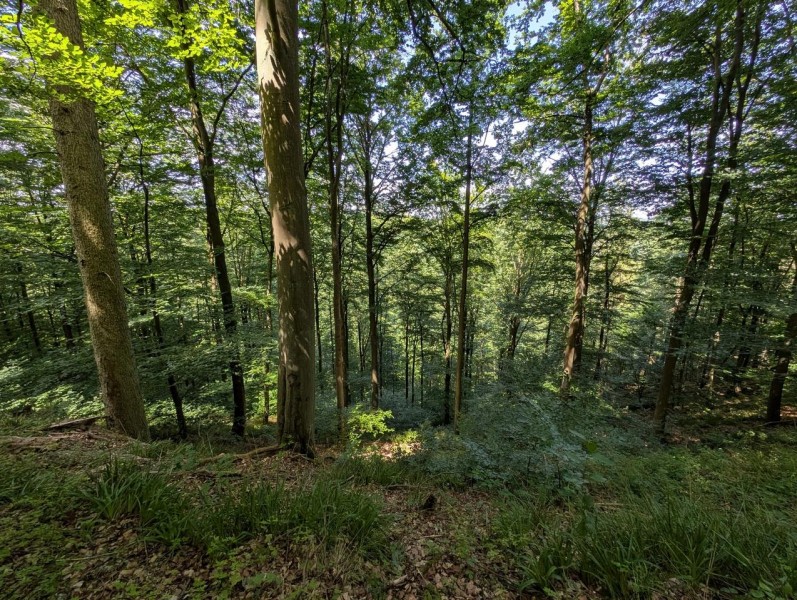
Climate Protection at the Wohllebens Waldakademie
In Bad Münstereifel, Germany, the Wohllebens Waldakademie focuses on the role of wilderness areas in climate protection. Led by Johanna Wohlleben, the academy trains future forest guides, teaching them about plants, forestry, and engaging lessons.
The academy’s main project involves protecting Germany’s oldest beech tree forests. They rent forests for 50 years, ensuring they remain untouched to naturally regenerate and preserve biodiversity, including wildcats and rare birds. Wohlleben emphasizes that natural forests are more resilient to heatwaves and better at retaining water than managed forests.
The academy critiques traditional forestry, which has over-harvested timber and planted non-native spruce trees. While spruce works in snow-heavy areas like the Alps, it’s not suited to Germany’s climate and is vulnerable to pests. The academy advocates for less timber use and reforesting agricultural land with native trees.
During the pandemic, the academy adapted by offering online courses and podcasts, reaching over 11,000 people monthly. Their podcast, «The Hidden Life of Trees,» in collaboration with RTL, attracts 120,000 listeners each month.
Through digital outreach, the academy educates people on the importance of ecological systems, encouraging a love for nature. They also consult with forest owners on sustainable timber harvesting and help companies with impactful tree-planting projects, countering greenwashing efforts.
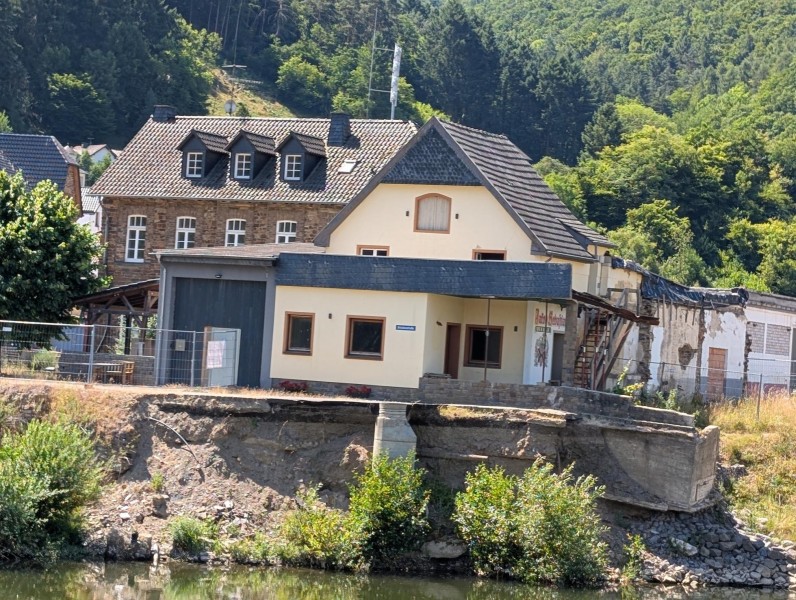
What remains of Julia Bertram’s childhood home in the Ahr valley. Hundreds of homes were washed away in the flood.
Cultivating a greener future in the vineyards
Back in the vineyards about the valley, Bertram is surveying the ripening Pinot Noir vines. The flood damaged 40 percent of the Ahrtal’s famous vineyards. Before then, sustainability efforts were sometimes superficial. But the natural disaster was a climate wake-up call.
As she explains the region’s green imperative, she’s standing next to a makeshift solar-powered car. It’s a secondhand Renault station wagon fitted with a self-made solar panel on the roof. An electrical engineer who interned at the winery designed the system. During the summer, this setup generates more energy than needed, keeping the battery full. In the winter, when there’s less daylight, they plug it into the grid.
«The car allows us to navigate our vineyards, which are spread across a 15 to 20- kilometer distance,» she explains.
But forward-looking businesses like hers are going even further. Instead of pesticides and mowers, they use sheep to manage cover crops and provide natural fertilizer, fostering a unique ecosystem. Sheep eat the cover crops and leave natural fertilizer, with their wool even carrying seeds to different parts of the vineyard, leading to a «completely different ecosystem,» says Bertram.
In a seemingly counterintuitive move for traditional viticulture, fruit and nut trees such as apples, walnuts, and peaches are planted among the vines. This mimics the natural habitat of wild vines, providing shade, humidity, and drawing water from lower soil structures, all while eliminating plastic materials from the vineyard.
Bertram’s new winery is being built with its cellar completely covered by excavated soil, which provides extra insulation and allows the land above to be reused.
And there are plans to do more, from producing wool socks to growing potatoes and herbs, embodying a holistic permaculture approach.
These efforts are not reactions to the flood, but reflections. Some of the winery’s sustainable practices were already underway when the flood struck. The disaster only reinforced that they were on the right path, nudging them to do even more.
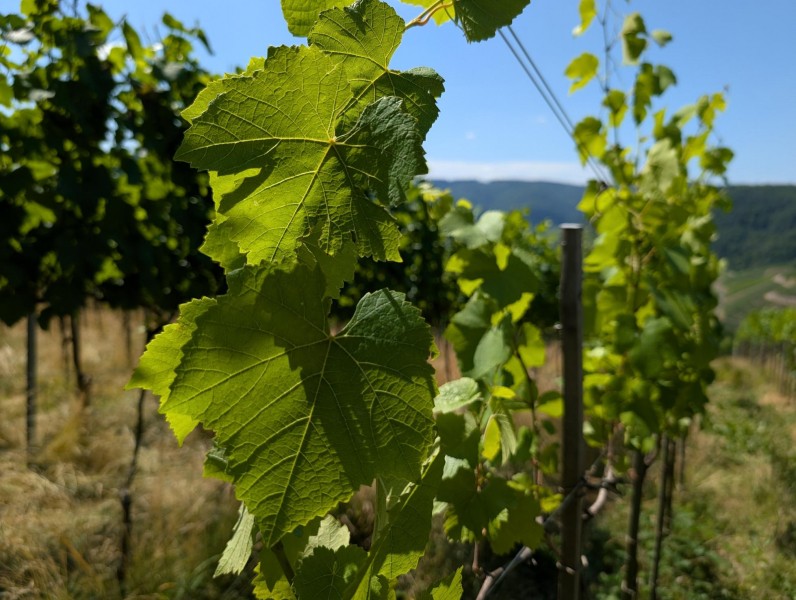
A vine in the Bertram-Bales winery. The region is preparing for the next flood.
Preparing for the next flood
When they say «climate protection is flood protection,» it’s not just a slogan. It’s a warning.
The recovery in the Ahrtal Valley is a story of human resilience. But the journey is far from over. Economic gaps for small businesses persist, psychological trauma for residents weighs heavily, and bureaucratic delays in fund disbursement continue to hinder the pace of recovery.
The question remains: Will the train line reopen by the end of the year, as promised, restoring vital connectivity for residents? Will the Ahrtal Valley bounce back from the combined blows of the pandemic and the flood, emerging stronger and greener than ever before?
The people you meet in the Ahrtal will tell you that climate-proofing is no longer optional. If they don’t integrate it into every aspect of infrastructure, from elevated paths to water-absorbent materials, they will pay a high price during the next flood.
And it’s not a question of if, but when that will happen.
